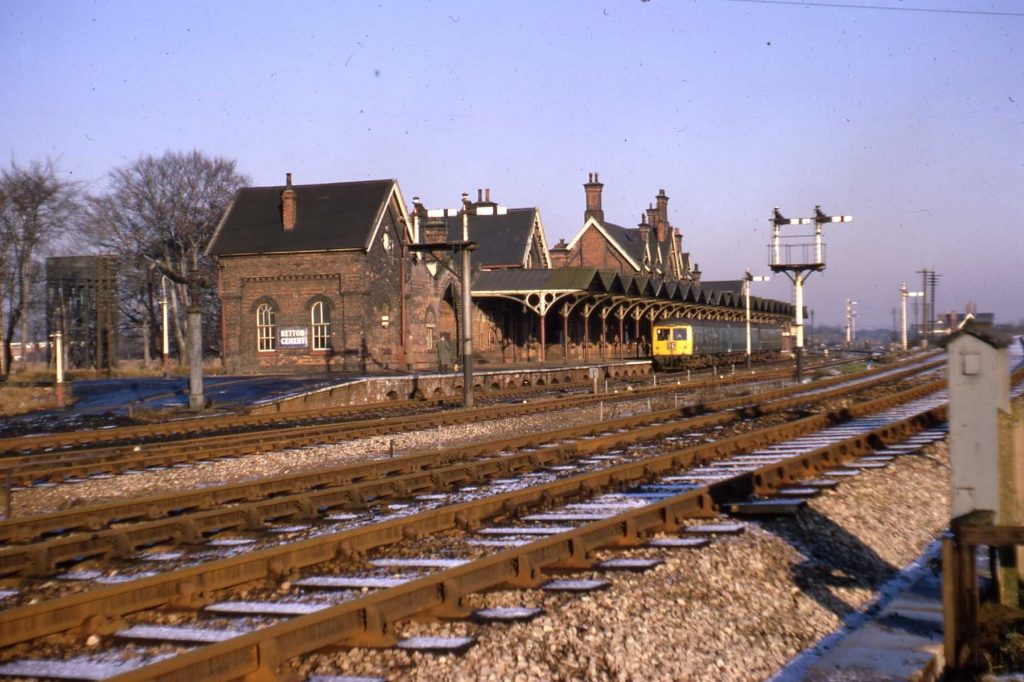
For over 100 years Trent Station was a key part of the railway network in the East Midlands.
But it was nearly a mile from the nearest town and there were no roads leading to it.
It was not designed to serve any local community, and it was the only station in England named after a river, rather than after a town or village.
It was opened by the Midland Railway in 1862 solely as an interchange station, once described as “the junction for everywhere”.
But it was not just a station…….
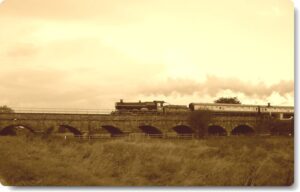

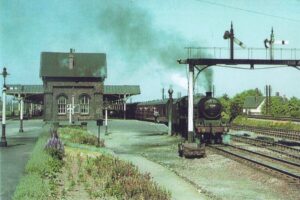
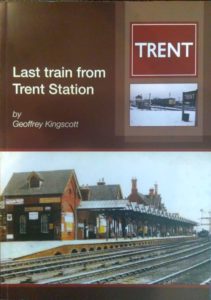
Trent Station was located near Long Eaton, in the middle of the Trent Triangle of railway lines.
Trains with the same destination standing on adjacent platforms could be facing in opposite directions.
There were also multiple junctions, sidings, crossovers and level crossings.
These required a network of signals and signal boxes.
Operation of the station and the network of signal boxes required a large staff.
It changed little in its 106 years of existence, and even to its last day, was lit by gas lamps, never having had electricity.
Although hardly any evidence remains at the site, it is still fondly remembered by many people.
Renewed interest in the station was sparked by the publication of the book Last Train from Trent Station.
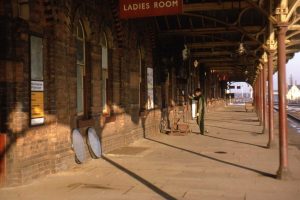
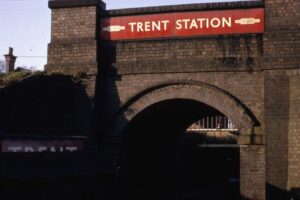

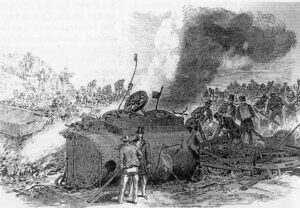
There was access through a tunnel from a dirt track. But most people walked down a footpath ‘black pad’.
Many people have memories of Trent Station – as staff, locals making the long walk from town.
Or the many passengers who changed trains there, not knowing where on earth they were.
Over the years there were many collisions, derailments and other incidents around Trent Station.
We’ve listed them by decade, starting here.
